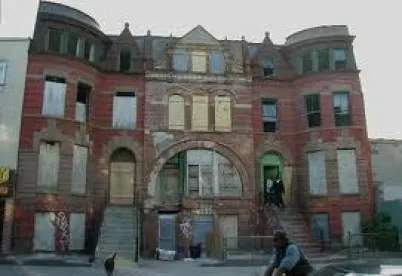This month the NYC Landmarks Preservation Commission celebrated its 55th anniversary. Also this month, since the issuance of the emergency orders stemming from the COVID-19 public health crisis, the agency is scheduling its first public hearing using the Zoom teleconferencing platform. The hearing will be held on Tuesday, April 21, at 9:30 a.m., and can be viewed live on the LPC’s YouTube channel.
The public can even participate in the hearing by following the instructions.
While we can easily celebrate the technology and commend the agency’s willingness to improvise, not all property owners and developers embrace overcoming restrictive use on their properties. Indeed, the economics of maintaining preservation standards during a time of apparent economic disruption can be debated for years to come. Yet, that very issue was examined comprehensively following the 50th anniversary of the NYC Landmarks Law. In April 2016, the New York Landmarks Conservancy systematically evaluated the impacts of historic preservation in New York, including a quantification of historic preservation’s contributions to the economy, in its report, “HISTORIC PRESERVATION: At the Core of a Dynamic New York City”.
The Conservancy’s analysis resulted in some interesting findings:
-
More than $800 million is invested annually in New York’s historic buildings, creating jobs for 9,000 New Yorkers and providing paychecks of over $500 million each year.
-
Work on buildings in historic districts remained stable, providing good jobs in tough times, when new construction in the City crashed during the Great Recession.
-
Both historic office and apartment buildings use significantly less energy per square foot than their more recently built competitors.
-
The creative industries are a rapidly growing and vital component of New York’s economy, and jobs in those industries are disproportionately found in historic districts.
-
Jobs at small firms and start-up firms constitute a greater share of employment in historic districts than the City as a whole.
One other tidbit published in the report is that “[o]f the 13,000 applications the Landmarks Preservation Commission receives in a typical year, 95% are resolved at staff level and less than 3/10 of 1% are ultimately denied.” Now if only Manhattan Community Board 5’s landmarks committee would have granted design firm Studio Superette’s request to add a fiberglass dragon, two backlit Harry Potter signs and six “wand-style” flagpoles made out of antique brass to the exterior of the landmarked six-story Italianate brownstone at 935 Broadway. Then we could have really gauged the Commission’s receptiveness to new applications.


 />i
/>i

